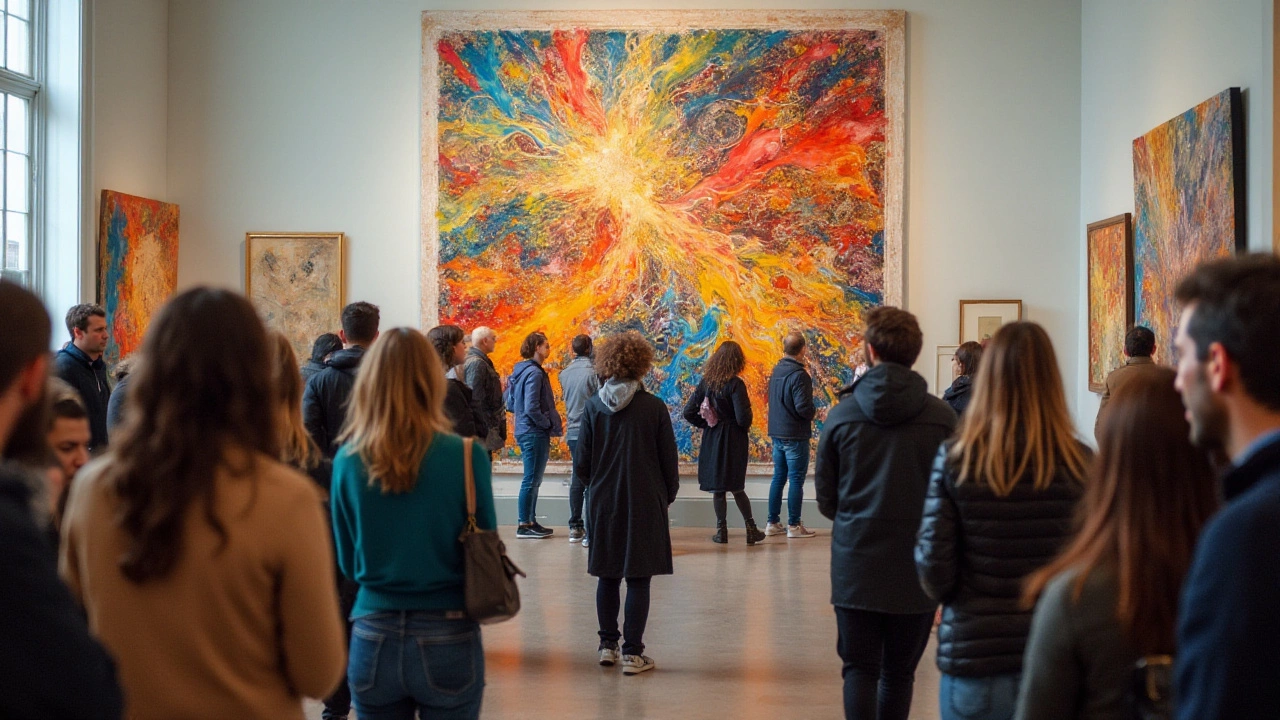Elements of Art – Learn the Basics and Boost Your Creative Skills
If you’ve ever wondered why some pictures grab attention while others feel flat, the answer usually lies in the basic elements of art. Line, shape, color, value, texture, space and form are the building blocks that every artist uses, whether they’re painting a portrait or designing a website. Understanding these pieces helps you plan stronger work and spot what makes a piece work.
On this page you’ll find short, practical articles that break each element down into easy steps. We keep the language simple and focus on what you can try right now. No deep theory, just clear advice you can apply to any project.
Why Knowing the Elements Matters
When you know how to control line, you can guide a viewer’s eye across a composition. A bold, diagonal line adds excitement; a soft, curved line calms the scene. Shape works the same way – simple geometric shapes can make a design feel orderly, while organic shapes feel natural. Color isn’t just about picking a hue; it sets mood, creates contrast, and can highlight the most important parts of your work.
Value – the lightness or darkness of a color – adds depth. By stacking light and dark areas you can make a flat drawing look three‑dimensional. Texture gives the illusion of surface feel, whether you want a rough stone look or a smooth glass finish. Space, the way you arrange objects, decides if a piece feels crowded or airy. Mastering these basics saves you time and makes your art look intentional.
How to Apply Elements in Your Projects
Start with a quick sketch. Draw a few lines that lead the eye toward the focal point. Try swapping a straight line for a curved one and notice the change in mood. Next, add shapes – block out the main forms with circles, squares or free‑form blobs. Play with size: a large shape dominates, a tiny shape adds detail.
Choose a limited color palette. Pick one dominant hue, a complementary shade and a neutral. Test the palette on a small section before committing to the whole piece. Then, work value. Use a gray scale to map dark, mid and light areas; this helps you see contrast without color distractions.
For texture, think about the tool you’re using. A dry brush creates grainy marks, while a smooth brush gives a clean surface. Add a few texture strokes where you want the eye to linger. Finally, consider space. Leave breathing room around important elements; crowding can overwhelm the viewer.
Our tag collection includes posts that dive deeper into each element. Want to know why abstract art feels powerful? Check the article on abstract meaning. Curious about how to fix oil painting mistakes? Our guide on wet, tacky and dry repairs shows practical steps. Each piece is written for artists at any level, so you can pick the tips that fit your skill set.
Take one element at a time. Spend a week focusing on line in all your sketches. The next week, experiment with color relationships. By the end of a month you’ll notice a big improvement in how your work looks and feels.
Ready to start? Browse the articles below, pick a topic that sparks your interest, and try the suggested exercises. The elements of art are simple tools – use them to make your creative ideas stand out.

16 Dec 2024
Abstract art speaks a visual language that breaks away from realistic representation, focusing instead on internal forms and structures. This article delves into the seven key elements that make up abstract art: line, color, shape, form, texture, space, and value. Each element plays a critical role in creating the diverse and emotive effects characteristic of abstract works. The article guides readers through understanding how these elements are used by artists to transcend traditional aesthetics, offering insights into the techniques and thought processes involved.
Continue reading...
